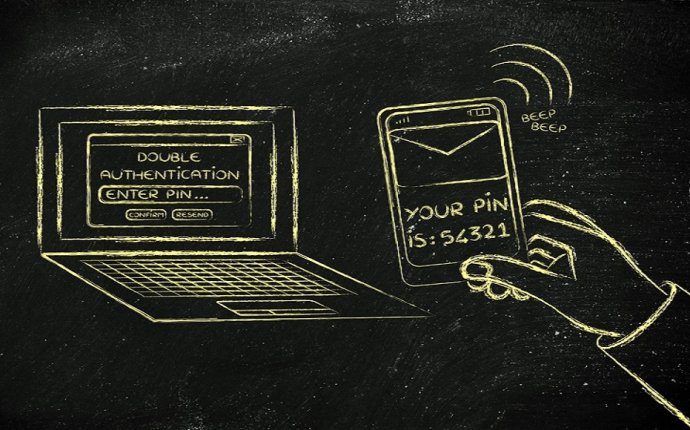
Using blockchain for authentication
There is a lot of talk about Blockchain and, more generally, Distributed Public Ledgers (DPLs) these days. Some try to position DPLs as a means for better identification and, in consequence, authentication. Unfortunately, this will not really work. We might see a few approaches for stronger or “better” identification and authentication, but no real solution. Not even by DPLs, which I see as the most disruptive innovation in Information Technology in a very, very long time.
Identification is the act of finding out whether someone (or something) is really the person (or thing) he (it) claims to be. It is about knowing whether the person claiming to be Martin Kuppinger is really Martin Kuppinger or in fact someone else.
Authentication, in contrast, is a proof that you have a proof such as a key, a password, a passport, or whatever. The quality of authentication depends on one hand on the quality of identification (to obtain the proof) and on the other hand on aspects such as protection against forgery and the ubiquitous authentication strength.
Identification is, basically, the challenge in the enrollment process of an authenticator. There are various ways of doing it. People might be identified by their DNA or fingerprints – which works as long as you know that the DNA or fingerprint belongs to someone. But even then, you might not have the real name of that person. People might be identified by showing their ID cards or passports – which works well unless they use faked ID cards or passports. People might be identified by linking profiles of social networks together – which doesn’t help much, to be honest. They might use fake profiles or they might use fake names in real profiles. There is no easy solution for identification.
In the end, it is about trust: Do we trust the identification when rolling out authentications to trust the authenticators?
Authentication can be performed with a variety of mechanisms. Again, this is about trust: How much do we trust a certain authenticator? However, authentication does not identify you. It proves that you know the username and password; that you possess a token; or that someone has access to your fingerprints. Some approaches are more trustworthy; others are less trustworthy.
So why don’t DPLs such as Blockchain solve the challenge of identification and authentication? For identification, this is obvious. They might provide a better proof that an ID is linked to various social media profiles (such as with Onename), but they don’t solve the underlying identification challenge.
DPLs also don’t solve the authentication issue. If you have such an ID, it either must be unlocked in some way (e.g. by password, in the worst case) or bound to something (e.g. a device ID). That is the same challenge as we have today.
DPLs can help in improving trust e.g. in that still the same social media profiles are linked. It can support non-repudiation which is an essential element. It will increase the trust level with a growing number of parties participating in a DPL. But it can’t solve the underlying challenges of identification and authentication. Simply said, Technology will never know exactly who someone is.









